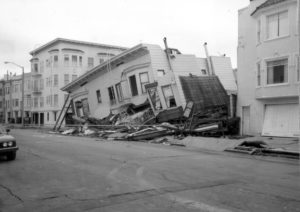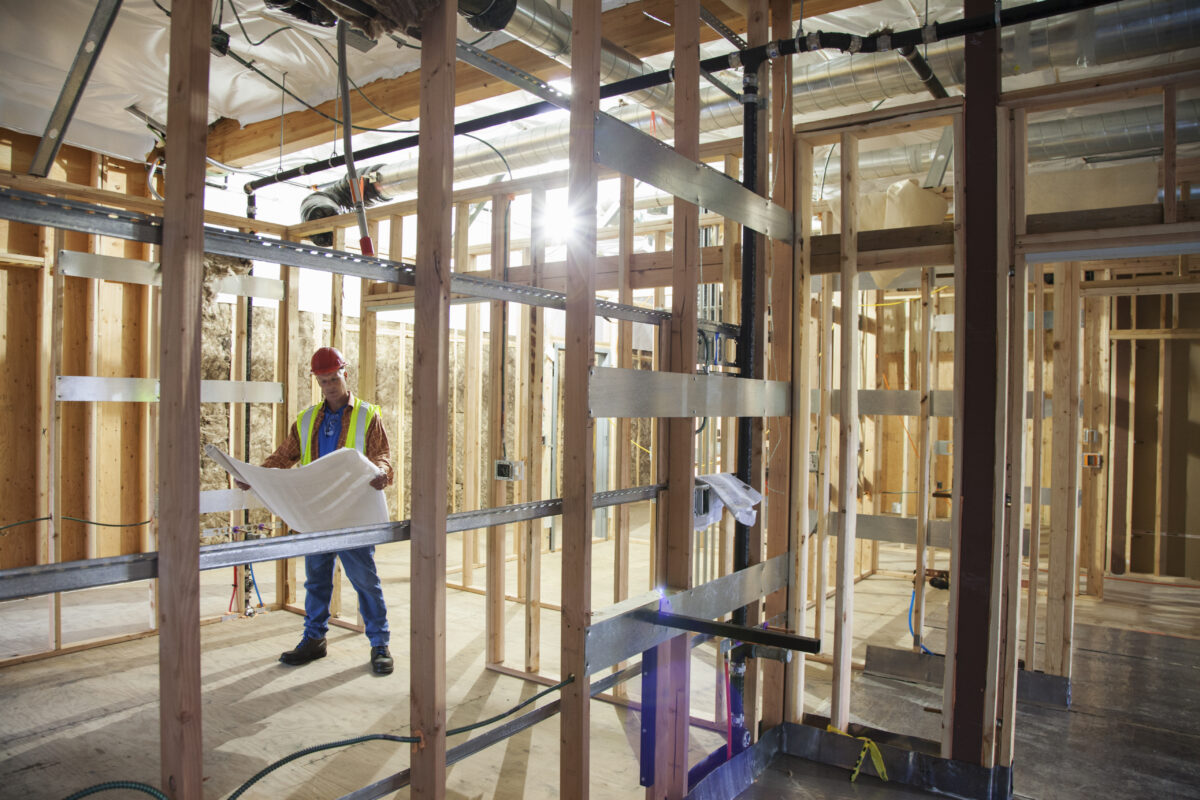Californians live with the threat of earthquakes every day. Most people are aware that a large earthquake, especially along the San Andreas fault, is inevitable. Yet, financially we’re woefully underprepared. Did you know that less than 10%* of Californians have earthquake insurance? Why is that?
Cost
Earthquake insurance costs extra, above and beyond standard insurance coverage. If you’re in the SF Bay Area or greater LA area, adding earthquake coverage can double or triple the cost of a standard homeowners’ policy. For many, this additional cost is not feasible. Others may have the mindset of “It’s not worth it” or “I’ll get to it when I can.”
 There’s a new lower-cost option for earthquake insurance that’s accessible to budgets of many sizes. Parametric insurance, such as Jumpstart, makes a lump-sum payment right away, based solely on the occurrence of the earthquake (the “parameter”). It covers the costs of inconvenience that everyone will suffer after an earthquake, even if the house or items have no damage. In that way, parametric is not a replacement for a conventional homeowner’s or renter’s earthquake policy. So, even if you decide against conventional coverage, parametric coverage might still make sense.
There’s a new lower-cost option for earthquake insurance that’s accessible to budgets of many sizes. Parametric insurance, such as Jumpstart, makes a lump-sum payment right away, based solely on the occurrence of the earthquake (the “parameter”). It covers the costs of inconvenience that everyone will suffer after an earthquake, even if the house or items have no damage. In that way, parametric is not a replacement for a conventional homeowner’s or renter’s earthquake policy. So, even if you decide against conventional coverage, parametric coverage might still make sense.
DEDUCTIBLE
Traditional earthquake insurance involves a deductible – the amount to be paid out-of-pocket by the policyholder before the insurance company starts to pay. A typical deductible for a conventional homeowners’ earthquake policy is 10%-15% of the replacement value of the home. In California, where median home values are now just above $600,000, a 10% deductible would be $60,000. If you don’t have that much in savings, it’s hard to justify conventional earthquake coverage. On the other hand, parametric policies have no deductible.
*Where does the 10% number come from? As of 2018, 1.32 million earthquake insurance policies are in-force. Yet, California has 12.5 million households. That’s less than 10%. A commonly-cited statistic is that 13% of California homeowners carry earthquake insurance, but homeowners account for only half of California’s population. The other half are renters, of whom less than 5% carry earthquake coverage.
Earthquake Exclusion
Some people mistakenly believe that as long as they have a homeowner’s policy, they will be covered for quake damage. However, standard homeowner’s policies in California specifically exclude losses from earthquake shaking. It’s also excluded from most homeowners’ policies in other states. To be covered for earthquakes, a separate policy or endorsement is needed, at an additional cost.
Additionally, some people believe that after a disaster, the government will rebuild homes and neighborhoods. But while there is some government assistance for disaster recovery, it’s limited. Even a FEMA grant is limited to emergency repairs. The average FEMA grant is $3,200 and the typical timeframe for receiving the money is about 90 days.
Human Nature
Whether or not someone prepares for earthquakes is often rooted in the psychology of human nature. For example, some people don’t prepare for disasters because of a phenomenon called “normalcy bias.” This describes people’s rationalization of a dangerous situation: people assume the best will happen because they do not want to think about a worse case scenario.
Others have fatalistic attitudes. Fatalism is the psychological phenomenon that occurs when dangers are so far outside someone’s control, they believe they can’t do anything about it.
For more on the psychology of earthquakes, see our blog Do People Believe the “Big One” is Coming?
Short Memory
 Large earthquakes don’t happen very often, which makes their danger easier to dismiss. While studies have shown that Californians who have previously suffered damage from an earthquake are more likely to prepare, this tendency does fade over time. The rarity of large earthquakes often affects how few people prepare for future ones (including buying earthquake insurance). As the saying goes, “out of sight, out of mind.”
Large earthquakes don’t happen very often, which makes their danger easier to dismiss. While studies have shown that Californians who have previously suffered damage from an earthquake are more likely to prepare, this tendency does fade over time. The rarity of large earthquakes often affects how few people prepare for future ones (including buying earthquake insurance). As the saying goes, “out of sight, out of mind.”
Are you wondering if you should buy earthquake insurance? Use this quiz to decide!



